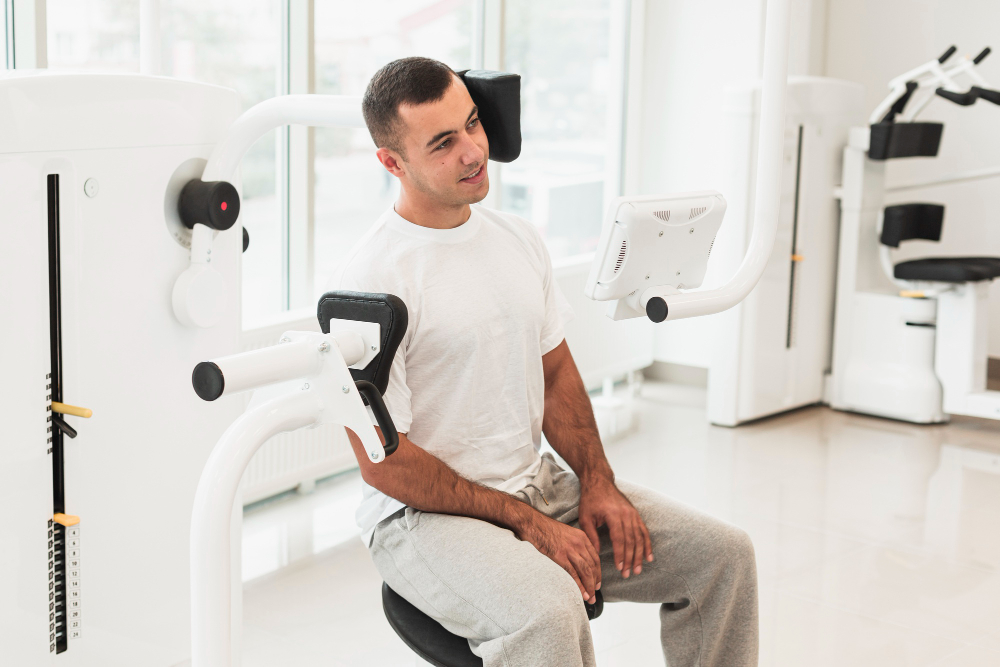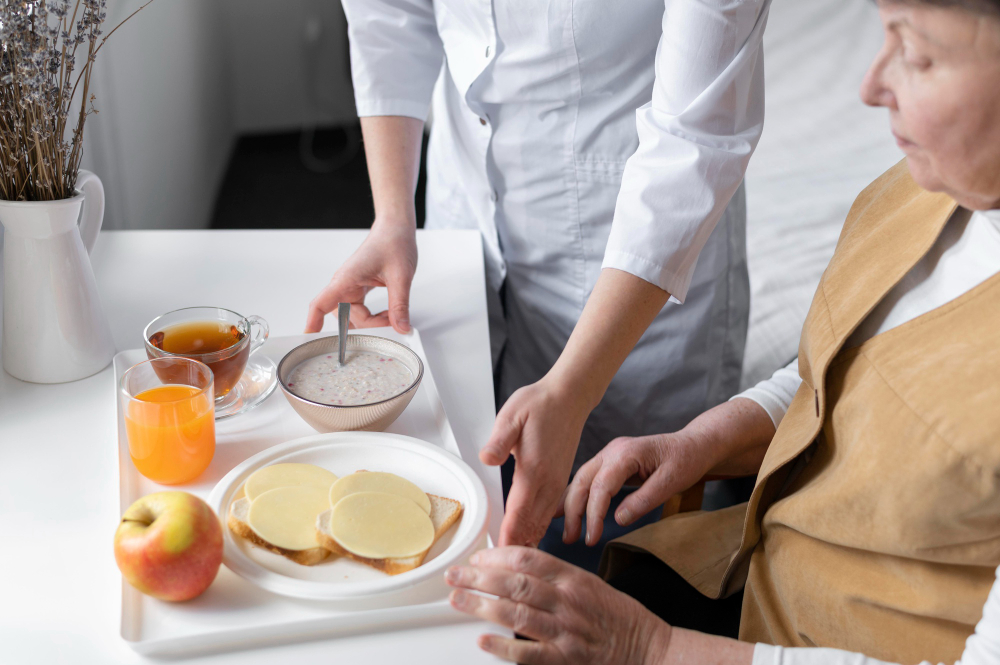
Last updated on by MRC
Dealing with that nagging pain in your lower back or hips? It could be your SI (sacroiliac) joint acting up. The SI joint, or sacroiliac joint, connects your lower spine to your pelvis, and when it gets weak or misaligned, it can lead to discomfort or pain in your lower back and hips. The good news? You don’t have to put up with the discomfort forever. With the right SI joint stretching exercises, you can strengthen and stabilize this area, reducing pain and improving mobility. These exercises are simple, and you can easily do them at home. Whether you’re recovering from an injury or just looking for a way to ease the strain on your lower back, these stretches can make a real difference in your daily life.
The sacroiliac (SI) joint connects the lower spine to the pelvis, playing a key role in stabilizing your body and supporting weight transfer between your upper body and legs. When the SI joint is irritated or inflamed, it can lead to lower back pain, discomfort in the hips, or even shooting pain down the legs. To keep this joint healthy and pain-free, SI joint stretching exercises can be incredibly effective. These SI joint stretches help relieve tension, improve flexibility, and maintain proper alignment, making daily movement easier and more comfortable.
The sacroiliac (SI) joint can become irritated due to various factors, leading to pain and inflammation known as sacroiliitis. When the SI joint becomes misaligned or overworked, it struggles to support your body properly, causing discomfort. Fortunately, sacroiliitis exercises can help ease the pain and strengthen the surrounding muscles, preventing future issues.
Here are some common causes of sacroiliitis:
Dealing with SI joint pain doesn’t have to be a constant struggle. By incorporating targeted SI joint stretching exercises into your routine, you can strengthen this key area, improve flexibility, and relieve discomfort. Below are some effective SI joint stretches and sacroiliitis exercises that can help stabilize and protect your SI joint.
This is one of the simplest SI joint stretching exercises. It helps relieve tension in the lower back and stretch the muscles around the SI joint.
Pelvic tilts are great sacroiliitis exercises to strengthen the muscles supporting your SI joint, helping improve stability.
This SI joint stretch targets the hip flexors and glutes, areas that often contribute to SI joint pain when tight.
The bridge is a powerful sacroiliitis exercise that strengthens the glutes, lower back, and hamstrings, all of which support the SI joint.
This gentle movement works wonders for mobility and flexibility, making it an excellent SI joint stretching exercise.
Incorporating these SI joint stretches into your routine can help alleviate pain, improve flexibility, and strengthen the muscles surrounding the SI joint for better stability.
If you’re struggling with SI joint pain, adjusting your routine and incorporating exercises designed for sacrum pain can significantly alleviate discomfort. Consulting with specialists can provide you with personalized treatments and activities tailored to your specific needs. Here are some potential options they may recommend:
MRC stands out as the best pain clinic in Kolkata, specializing in pain management and paralysis treatment. With a comprehensive approach, we offer the most effective solutions for individuals dealing with paralysis and multiple disabilities. At our clinic, we have a wide range of advanced gadgets and instruments designed to facilitate recovery and improve mobility. These include stand-in frames, various exercisers, balancing boards, specially crafted plinths, low-height chairs, mats, slings, wheels, support systems, and ladders.
Additionally, MRC is equipped with state-of-the-art tools such as Biofeedback Machines, hand gym kits, numerous evaluation kits, and upgraded electrotherapy instruments. This extensive array of equipment ensures that patients receive personalized and effective care that cannot easily be replicated at home, making MRC a premier choice for those seeking comprehensive rehabilitation services.
When dealing with SI joint pain, it’s essential to take certain precautions to prevent aggravating the condition. Here are some things to avoid:
Going out for a daily walk can be a great way to help improve sacroiliac joint pain and your overall health. Consider starting slow with a gentle pace for a 20-30 minute walk.
Lying on your back can be helpful because this reduces the pressure through the SI joint. Placing a pillow underneath your legs can also help relieve some of the pressure on the SI joint. Sleep on a supportive mattress that isn’t too soft or too hard.
Alternating heat and ice treatment is a great way to reduce pain. The heat can relax the muscles around your SI joint. On the other hand, a cold compress can reduce the inflammation. This is an effective combo in order to reduce pain and discomfort.









